The acronym to describe the gay community — LGBT — is most often four letters, but “I” wants to be included, too. So does “A.” And “Q.”
Some of the letters even have multiple meanings: “Q” can be questioning or queer. “A” for asexual or ally.
That makes it complicated to determine the most inclusive acronym. And it raises questions: How many letters can be included without any one part losing emphasis? In what order should they be? When, if ever, do you stop adding?
And as our understanding of identity grows, will we ever get it right?
Just look at our recent history: In the 1960s, both men and women were called gay. In the 1970s, more women preferred to be called lesbians. In the 1990s, bisexual gained recognition — though disagreement resulted about whether to start the acronym with L or G. Eventually, transgender became widely used.
And queer — once a derogatory term in the ’60s and ’70s — has a younger generation reclaiming it as a positive word, dismaying some of the now-older generation.
So, we turned to five leaders in the LGBT community (that’s the style the Inquirer and Daily News follows), to ask what they consider the ideal acronym:
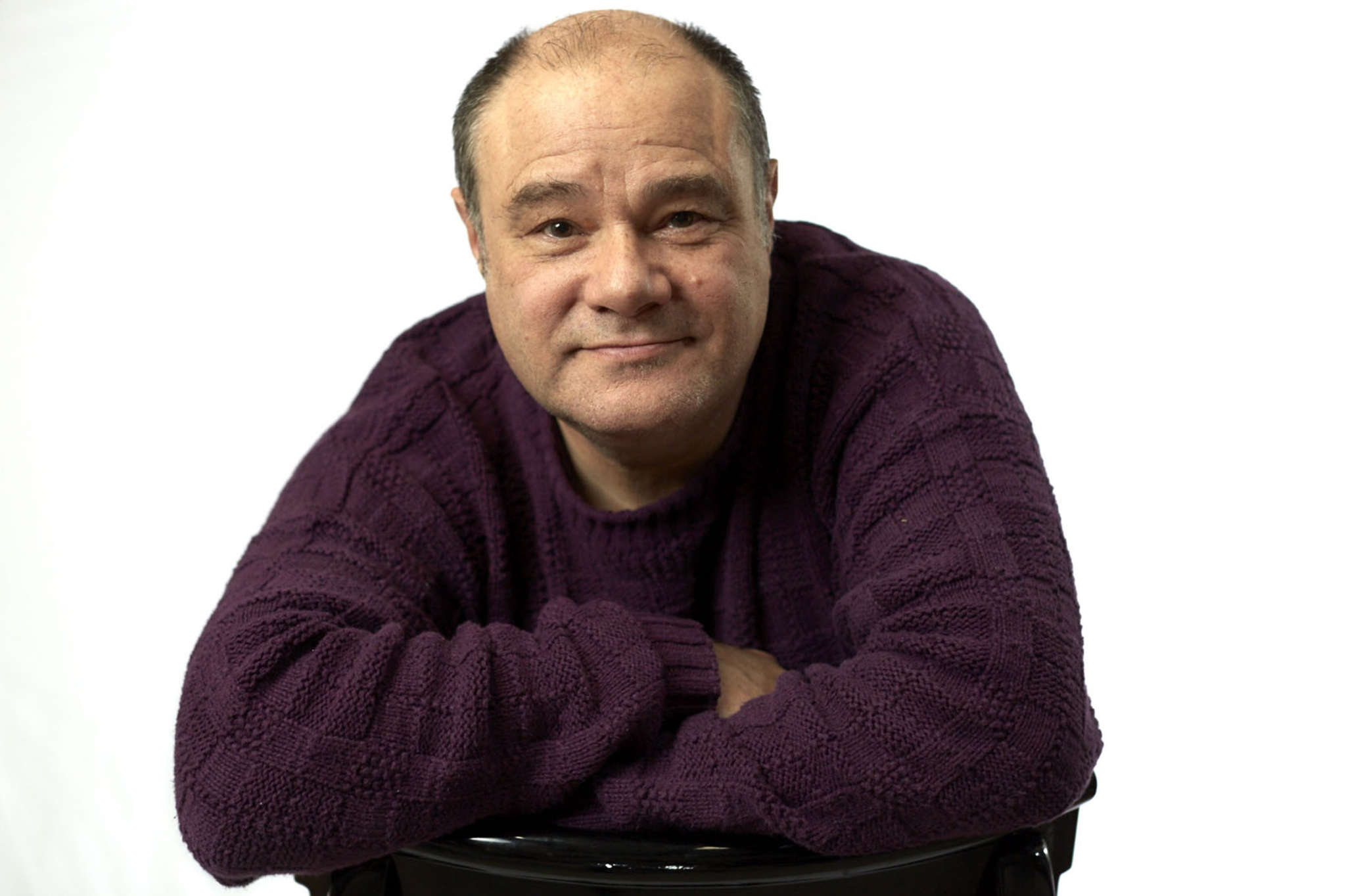
LGBT
“LGBT stands for the majority of our community, the vast majority, and we thought that was a good acronym to go with and stand by. … There comes a point where you’ve got to say, ‘When does adding things stop?’ I mean, eventually you’ll add the whole alphabet.”
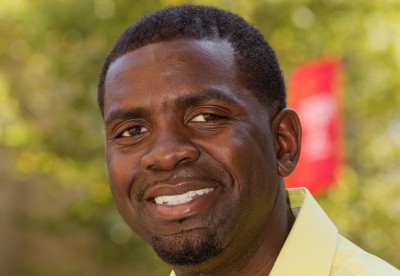
LGBTQIA+
Temple offers a
student guide to LGBTQIA life, an acronym that’s been used since it was published several years ago. The university also uses a plus sign to represent other identities, such as pansexual. “We want to try to be as inclusive as possible.”
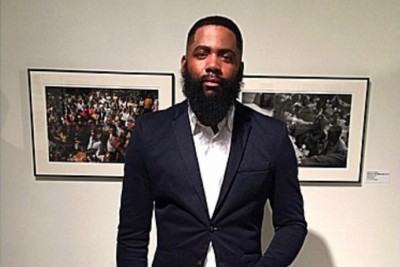
LGBTQ
“I know the correct one, which is LGBTQIA, but I still like LGBTQ.” No matter how many identities are in the acronym, he said, the goal is the same. “Everyone is fighting the same struggle. We want to be included, and we want to be respected. That’s it.”
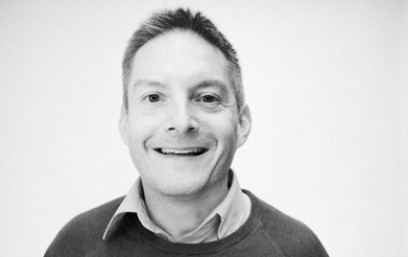
There is no ideal acronym.
“The diversity of acronyms reflects the vibrant diversity of thought about what our communities should look like. Inclusion is our byword, and if that requires more or different letters, I’m all for it. But I would never box us in by saying that any particular acronym could express this diversity.”
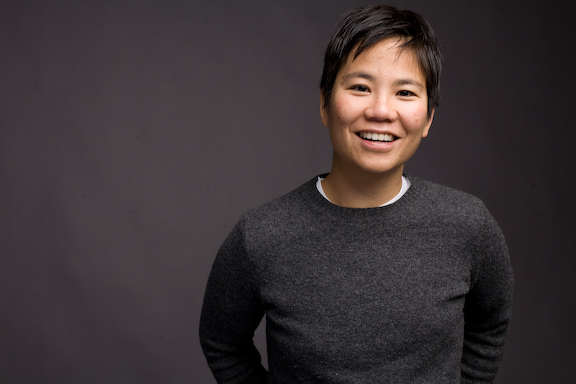
Queer
“The power of the term queer is that it really underscores the fact that sexual identities are not just about sex acts or who we have sex with,.” Queer means having multiple identities — not just one such as gay, bisexual, or lesbian — and embracing “a world in which all people can be accepted and valued for their difference.”
A glossary of the letters typically used, according to Temple’s guide and a list from the University of California Davis:
Lesbian – An identity for women who are primarily attracted romantically, erotically, or emotionally to other women.
Gay – An identity for men who are primarily emotionally, physically, or sexually attracted to some other men.
Bisexual – An identity for people who are sexually, erotically, or emotionally attracted to others of the same, or different, sex or gender.
Transgender – A broad umbrella term that can be used to describe people whose gender expression is non-conforming or whose gender identity is different from their sex assigned at birth. Transgender people may or may not choose to alter their bodies hormonally or surgically.
Queer – An umbrella term used to describe a sexual orientation or gender identity or gender expression that does not conform to heteronormative society. While it is used as a neutral, even positive term among many LGBTQ people today, historically it has been negative and can still be considered derogatory by some.
Questioning – The process of exploring one’s own gender identity, gender expression, or sexual orientation.
Intersex – A general term used for a person born with reproductive or sexual anatomy that doesn’t seem to fit the typical definitions of female or male.
Asexual – An identity that describes individuals who primarily experience little or no sexual attraction but may experience emotional or romantic attraction.
Ally – A person who supports and respects members of the LGBTQ community.
Pansexual – Used to describe people who have romantic, sexual or affectional desire for people of all genders and sexes.





